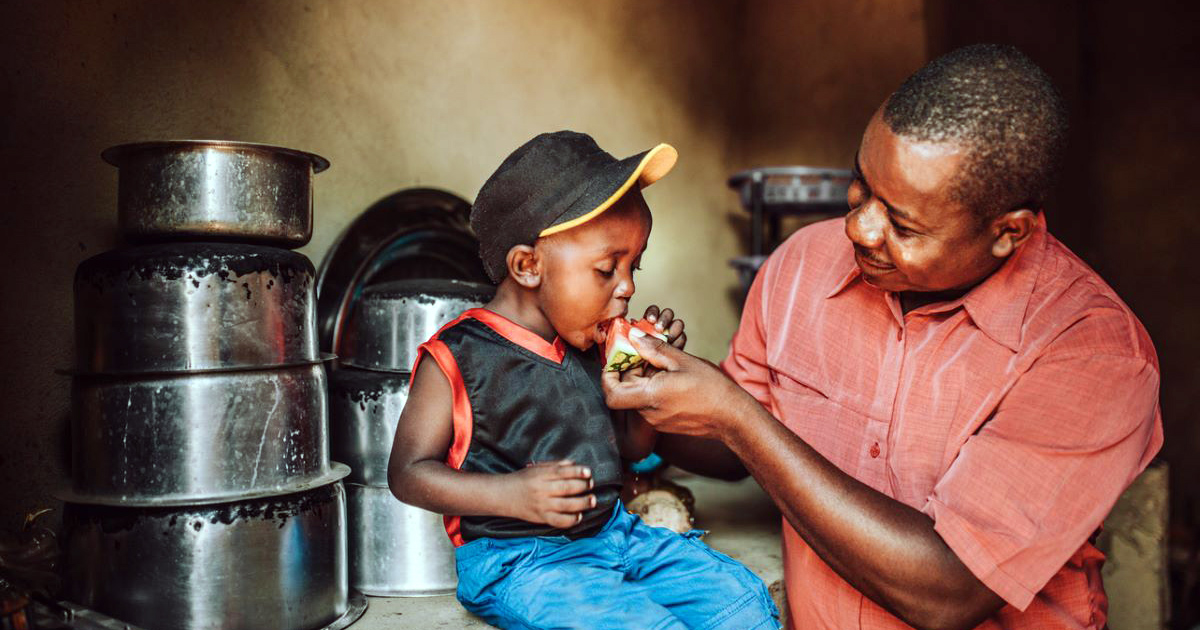Improving Primary Health Care Delivery in Bihar, India: Learning from Piloting and Statewide Scale-Up of Ananya
Download
In 2010, the Bill and Melinda Gates Foundation (BMGF) partnered with the Government of Bihar (GoB), India to launch the Ananya program to improve reproductive, maternal, newborn and child health and nutrition (RMNCHN) outcomes. The program sought to address supply- and demand-side barriers to the adoption, coverage, quality, equity and health impact of select RMNCHN interventions. Approaches included strengthening frontline worker service delivery; social and behavior change communications; layering of health, nutrition and sanitation into women’s self-help groups (SHGs); and quality improvement in maternal and newborn care at primary health care facilities. Ananya program interventions were piloted in approximately 28 million population in eight innovation districts from 2011-2013, and then beginning in 2014, were scaled up by the GoB across the rest of the state’s population of 104 million. A Bihar Technical Support Program provided techno-managerial support to governmental Health as well as Integrated Child Development Services, and the JEEViKA Technical Support Program supported health layering and scale-up of the GoB’s SHG program. The level of support at the block level during statewide scale-up in 2014 onwards was approximately one-fourth that provided in the pilot phase of Ananya in 2011-2013. This paper – the first manuscript in an 11-manuscript and 2-viewpoint collection on Learning from Ananya: Lessons for primary health care performance improvement – seeks to provide a broad description of Ananya and subsequent statewide adaptation and scale-up, and capture the background and context, key objectives, interventions, delivery approaches and evaluation methods of this expansive program. Subsequent papers in this collection focus on specific intervention delivery platforms. For the analyses in this series, Stanford University held key informant interviews and worked with the technical support and evaluation grantees of the Ananya program, as well as leadership from the India Country Office of the BMGF, to analyse and synthesise data from multiple sources. Capturing lessons from the Ananya pilot program and statewide scale-up will assist program managers and policymakers to more effectively design and implement RMNCHN programs at scale through technical assistance to governments.
How do you apply evidence?
Take our quick four-question survey to help us curate evidence and insights that serve you.
Take our survey
